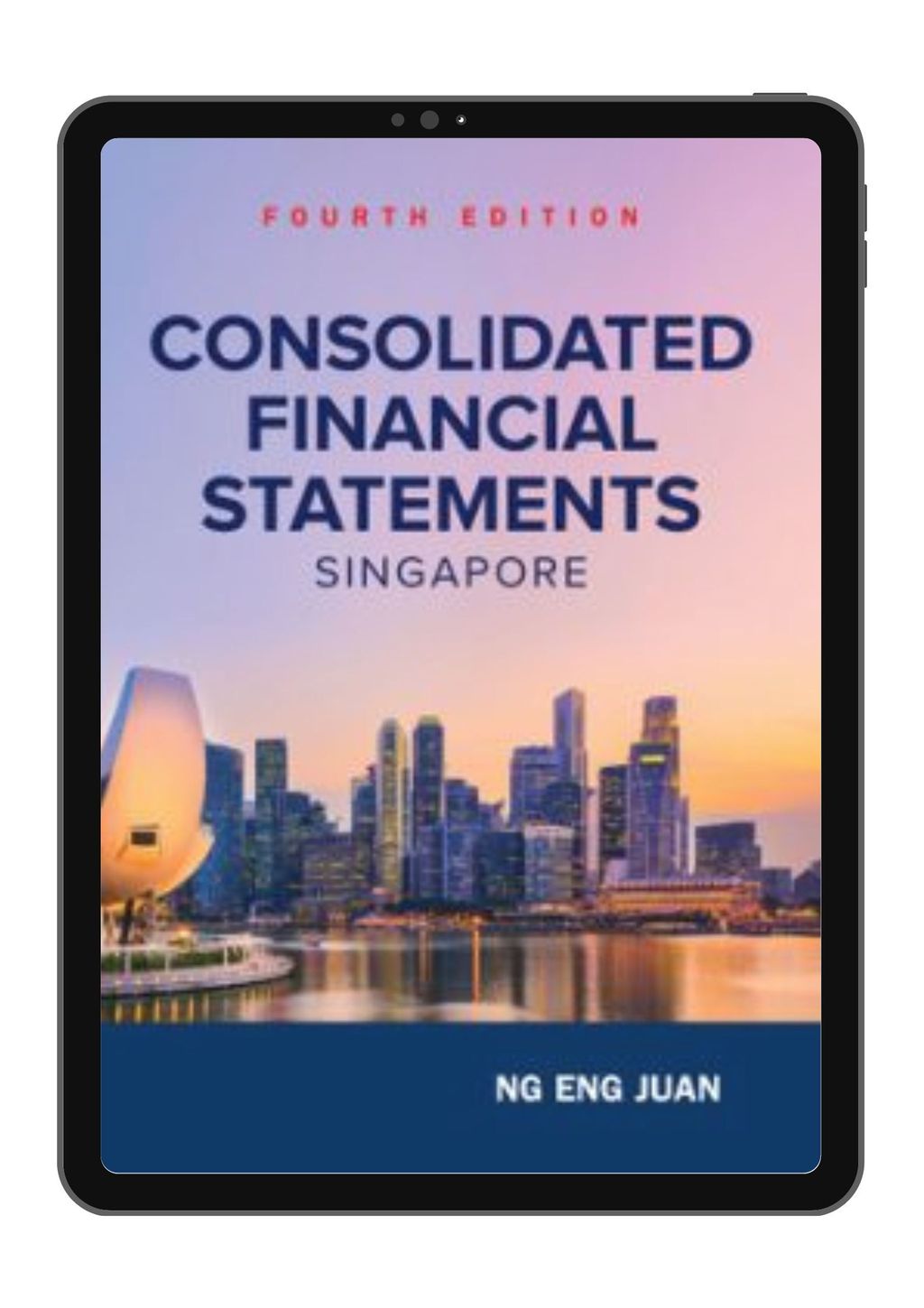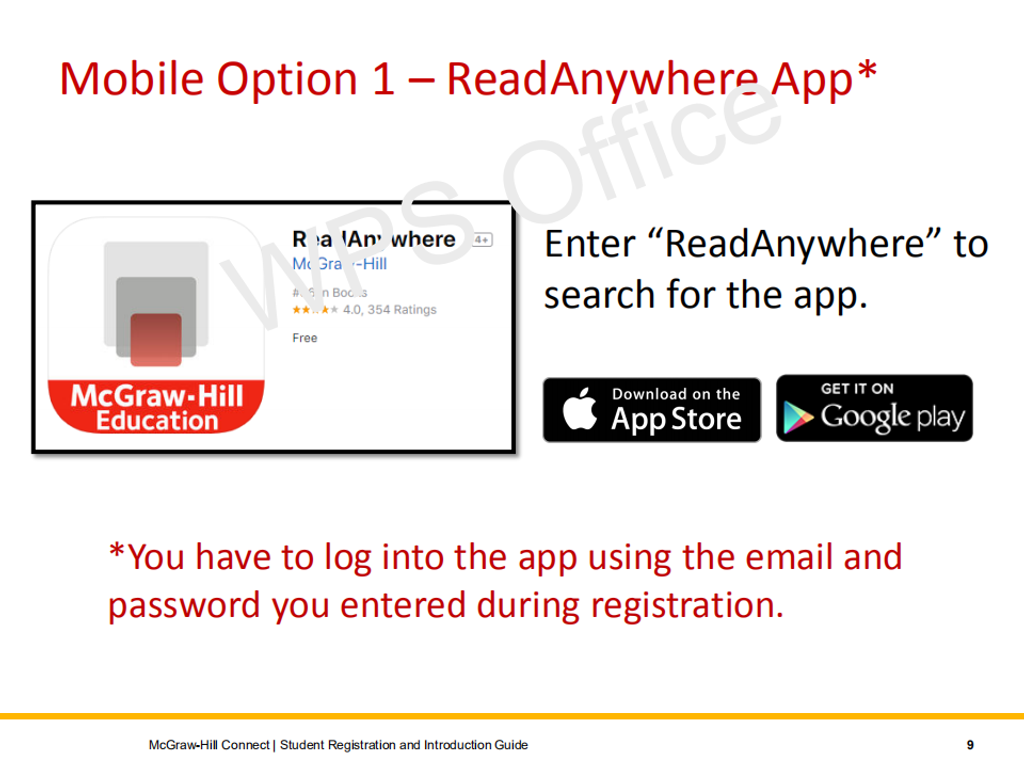TABLE OF CONTENTS
Table ofStatutes, Financial Reporting Standards and Abbreviations
Chapter 1Introduction
1.1 What areconsolidated financial statements?
1.2 Theapplicable accounting standards
1.3 Who has topresent consolidated financial statements?
1.4 Consolidationprocedures
1.4.1 Identifying the acquirer (parent)
1.4.2 Date of acquisition
1.4.3 Costs of acquisition
1.5 Usefulnessand limitations of consolidated financial statements
1.6 Approachesadopted in this book
Appendix 1A:Concept of ‘control’
Chapter 2
Consolidation at the Date of Acquisition
2.1Introduction
2.2 Combinationof accounts
2.3 Fair valueadjustments (Purchase price allocation)
2.3.1 Restating identifiable assets andliabilities to acquisition-date fairvalue
2.3.2 Recognising unrecognised identifiableassets and liabilities
2.3.3 Tax effect on fair valueadjustment
2.4 Goodwill onconsolidation
2.4.1 Goodwill
2.4.2 Negative goodwill
2.4.3 Goodwill of subsidiary
2.5Non-controlling interest
2.5.1 Presentation of non-controllinginterest
2.5.2 Measurement of non-controllinginterest
2.6 Summary
Problems for self-study
Chapter 3
Consolidation Subsequent to the Date of Acquisition
3.1Introduction
3.2 Consolidatedstatement of comprehensive income
3.3Pre-acquisition and post-acquisition reserves
3.4 Intragroupaccount balances
3.5 Unrealisedintragroup profits and losses
3.5.1 Intragroup sale of non-depreciableassets
3.5.2 Intragroup sale of inventories
3.5.3 Intragroup sale of depreciableassets
3.5.4 Intragroup charges
3.5.5 Tax effect on unrealised intragroupprofits and losses
3.6 Intragroupdividend
3.7 Otherconsolidation adjustments
3.7.1 Impairment of goodwill onconsolidation
3.7.2 Accounting for unamortised negativegoodwill
3.7.3 Adjustment in relation to subsequentrealization of fair value adjustments
3.8 Transitionfrom FRS 27 (2009) and INT FRS 12 to FRS 110
3.9 Summary
Appendix 3A:Goodwill accounting: A conceptual approach
Appendix 3B:Non-controlling interest: A review of measurement issues
Problems forself-study
Chapter 4 Changesin Shareholding Interest and Other Specific Issues
4.1 Introduction
4.2 Changes inshareholding interest
4.2.1 Step acquisition
4.2.2 Increase in shareholding interest in asubsidiary
4.2.3 Decrease in shareholding interest in asubsidiary without loss of control
4.2.4 Decrease in shareholding interest in asubsidiary with loss of control
4.3 Otherspecific issues
4.3.1 Acquisition of subsidiary during theaccounting period
4.3.2 Loss-making subsidiary
4.3.3 Subsidiary with preference sharecapital
4.3.4 Subsidiary with bonds payable
4.3.5 Reverse acquisition
4.4 Summary
Problems forself-study
Chapter 5
ComplexGroup Structure
5.1Introduction
5.2 Father-son-grandsonstructure
5.3 Connectingaffiliation structure
5.4 Crossholdings
5.5 Summary
Problems forself-study
Chapter 6
Associates and Joint Ventures
6.1Introduction
6.2 Associate:definition
6.3 Equityaccounting: basic principles
6.4 Differencebetween cost and underlying net assets
6.5 Transactionsbetween parent and associate
6.6 Impairmentloss
6.7 Changes inequity interests
6.7.1 An investor’s equity interest in anassociate is increased such that the former associate consequently becomes asubsidiary
6.7.2 An investor’s equity interest in anassociate is decreased such that the former associate consequently becomes amere investment
6.7.3 An investor disposes of all its equityinterest in an associate
6.7.4 An investor’s equity interest in anassociate is reduced but the former associate remains as an associate
6.7.5 An investor’s equity interest in anassociate is increased but the former associate remains as an associate
6.8 Indirectassociate
6.9 Associatewith preference share capital
6.10 Jointventure
6.10.1 Requirements of FRS 111
6.10.2 Requirements of FRS 28
6.10.3 Joint arrangements, joint operations,and joint ventures
6.11 Summary
Problems forself-study
Chapter 7
ForeignSubsidiaries, Associates, and Joint Ventures
7.1Introduction
7.2 Translationprocess
7.2.1 Translation methods
7.2.2 Translation problems
7.2.3 An illustration on translation
7.3 Foreignsubsidiary
7.3.1 Consolidation issues
7.3.2 An illustration on consolidation offoreign subsidiary
7.4 Foreignassociate
7.5 Foreign jointventure
7.6 Summary
Problems forself-study
Chapter 8
Consolidated Statement of Cash Flows
8.1Introduction
8.2Non-controlling interest
8.3Associate
8.4 Acquisitionof subsidiary
8.5 Disposal ofsubsidiary
8.6 Foreignsubsidiary and associate
8.7 Acomprehensive illustration
8.8 Summary
Appendix 8A: Statementof cash flows
Problems forself-study
Chapter 9
Consolidated Statement of Changes in Equity
9.1Introduction
9.2 Requirementsof FRS 1
9.3 Consolidationissues
9.3.1 Add across
9.3.2 Pre-acquisition versus post-acquisition
9.3.3 Others
9.3.4 Associates
9.4 Summary
Problems forself-study
Chapter 10
Further Issues
10.1Introduction
10.2Consolidation theories
10.2.1 Proprietary theory
10.2.2 Parent theory
10.2.3 Entity theory
10.2.4 Current practice
10.3 Pooling ofinterests (merger) method
10.4 Summary
Chapter 11
Further Problems for Self-Study
Quiz 11.1
Quiz 11.2
Quiz 11.3
Quiz 11.4
Question11.1
Question11.2
Question11.3
Question11.4
Question11.5
Question11.6
Question11.7
Question11.8
Please Note !!!
Delivery Policy
This is when the ordering is in the form of :
For E-Books or Online Leaning Access Code
Format : Access Code ( Digital )
The code will be sending to your email in 2 to 3 working days normally .
It is very important that you include you email and your contact number correctly.
All Product have a expiry date of 12 month . The time will only start once the code is activated.
The instruction on how to download will be send to you with the code together.
**All access code and EBook code once order CAN'T be return.**


